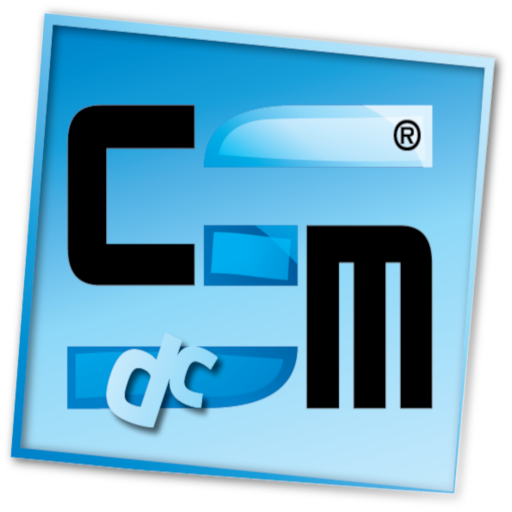Can culture of continuous learning that supports experiments, make a difference in this business environment?
Last week I deliver training to a great and highly engaged group of young people, sharpening together facilitation skills based on the experiential learning model.
We share different opinions on the topic “How adults learn?” and what motivates adults to engage in the training, to listen actively, to participate, to discuss, to accept new ideas and finally to make a personal change and start implementing some practices in the workplace.
We all agree that most of the people are afraid from the change and they like staying in their comfort zone and keep the status quo so much J
So the fear of change is one very important factor that every facilitator must have in mind and must look for creative solution to overcome it, if he wants to produce change among the participants.
To make deeper impact and rise more discussion on this topic, during this training, I decide to present a model called “Celebration grid” from Motivation 3.0.

I shortly explain the model and comment that in the business there are just two outcomes: success or failure, there isn’t third solution, or something in the middle.
Then I show the 3 possible ways of learning at the workplace:
- By implementing known good practices
- Learning on our own mistakes (by improvising or non-skilled approach)
- Experimenting and being curious and creative to find some new approach or improve and adopt some known practice.
We discussed that even the most successful businesses today have had to learn from failures.
I share some examples of companies who today are big and famous brands, but they wouldn’t get there if they didn’t experiment. Facebook started as dating site, where collage buddies could learn more about them self, set a date, see some pictures, but all experiments they did, create not only the biggest social media in the world, they create new way of communication between the people. With lots of experiments, successful and lots of mistakes as well.
The exercise open great brainstorming session, full of past experiences, good and bad, good practices, some of them working, but some only theoretical and difficult to implement in practice.
During the exercise, I set some rules, very similar to brainstorming:
- everybody must put some examples and ideas on the canvas
- all ideas are acceptable, even the craziest J
- everybody must get out from his comfort zone
- start with the end in mind
- nobody will judge the colleague
- peer to peer accountability instead of judgement
- no penalties if mistake happens
- using the SMART for goal setting
- using a reverse PDCA model for planning
Finally we mostly work on the experimenting stage, with lots of personal examples and ideas for testing in near future. This exercise create great engagement from all participants and the final results from the exercise were really amazing and all participant get some improved practices ready for testing.
I strongly recommend it for using in workshops, for my opinion maybe at the end, when you deliver all planed topics from the training and when you want to help them start testing and implementing the tools learn on the workshop. It gives you courage to overcome your fear from change, because by experimenting you will learn something new and even if you’re wrong, nobody will finger point you, because you did it for learning. Creating culture of continuous learning, every day, with lots of experiments, creativity, innovations, for me is the best direction to point our organizations.
End for the end, not to forget to celebrate our success, together, with beer and good food 🙂
by Ilija Popjanev

